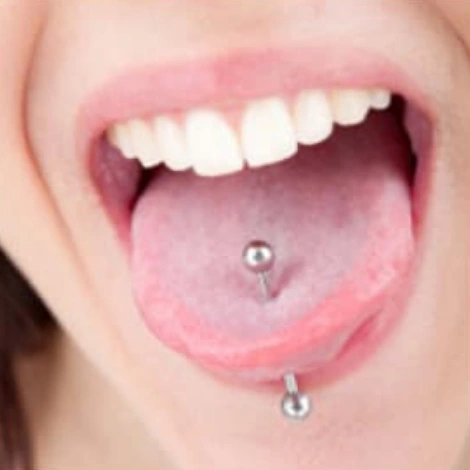Oral Piercings: Implications for Dental Professionals
COURSE NUMBER: 688
Patricia A. Frese, RDH, MEd
Credit Hours:
2 Hour(s)
SHARE
Oral and perioral piercings are increasingly popular. Patients will present with such body modifications and dental professionals need certain skills and knowledge to adequately treat them. This course will explore types of oral piercings, ...
(Use this feature to create assignments for your students and staff.)
Overview
Oral and perioral piercings are increasingly popular. Patients will present with such body modifications and dental professionals need certain skills and knowledge to adequately treat them. This course will explore types of oral piercings, oral jewelry selection, post piercing healing and care and dental management. Other topics include educating the patient considering a piercing and choosing a professional piercer.
Intended Audience:
Dentists, Dental Hygienists, Dental Assistants, Dental Students, Dental Hygiene Students, Dental Assisting Students
Date Course Online:
Mar 15, 2024
Last Revision Date:
NA
Course Expiration Date:
Mar 14, 2027
Cost:
Free
Method:
Self-instructional
AGD Subject Code(s):
750
Learning Objectives
Upon completion of this course, the dental professional should be able to:
- Distinguish the types of oral piercings.
- List the characteristics of quality oral jewelry.
- Educate the patient regarding complications of oral piercings.
- Summarize adequate aftercare for a piercing.
- Develop and perform appropriate treatment protocols for patients with oral piercings.
- Identify the attributes of a professional piercer.
Disclaimers
- P&G is providing these resource materials to dental professionals. We do not own this content nor are we responsible for any material herein.
- Participants must always be aware of the hazards of using limited knowledge in integrating new techniques or procedures into their practice. Only sound evidence-based dentistry should be used in patient therapy.
Note: Registration is required to take test.
Submission Information
Academy of General Dentistry (AGD) Submission For credit transfers to appear in your AGD account in real time, make sure to add your AGD membership number in the field provided on the “Share Your Test Score” page.
CE Broker For all states that use CE Broker for licensure, “proof of completions” are electronically reported the first of every month. If a course was taken in November, the “proof of completion” will be submitted the beginning of December.
Recognition
Approved PACE Program Provider
THE PROCTER & GAMBLE COMPANY
Nationally Approved PACE Program Provider for FAGD/MAGD credit.
Approval does not imply acceptance by any regulatory authority or AGD endorsement.
8/1/2021 to 7/31/2027
Provider ID# 211886
(Use this feature to create assignments for your students and staff.)




